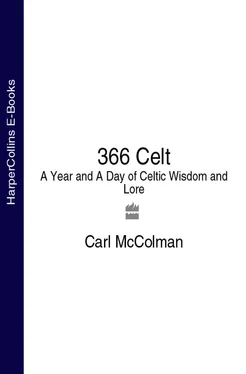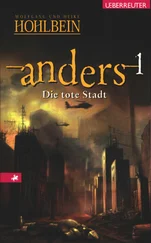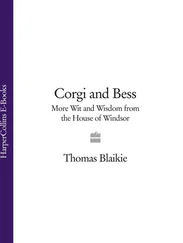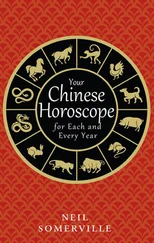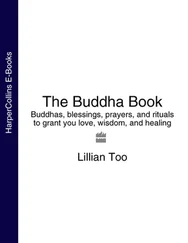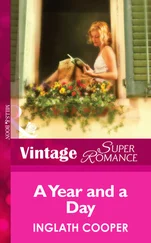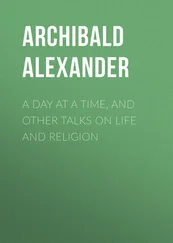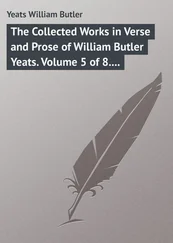Who are the Celts? Are they simply the people of Ireland, Scotland, Wales, Cornwall, the Isle of Man, and Brittany (with Galicia thrown in for good measure)? Or does the Celtic world include anyone who can trace his or her ancestry back to one of these lands? For that matter, may we suppose that the Celtic experience also embraces anyone who comes to live in a Celtic land, or even anyone (of any ancestry or ethnicity) who feels called to explore the wisdom and spirituality of this ancient family of cultures and languages? Maybe the question needs to be put another way. What makes the Celtic world Celtic? What separates Celt from Saxon, or Roman, or Slav? Ah, but these are not the questions to be asking. Celtic wisdom (and spirituality) invites us to come together, not be separated off from one another. The Celtic way is the way of hospitality and of convivial fellowship—worrying about the impertinent details of life that separate us can wait for another day.
So if we need a definition of the Celtic world, let’s leave it at the world that has its roots in languages such as Gaelic, Irish, Welsh, Breton, Cornish, and Manx. But although the Celtic experience begins with language, it doesn’t end there. Culture, nature, a sense of place and tradition, and a deep love for Spirit all contribute to forging the Celtic identity.
How can we approach Celtic wisdom today? Especially for those of us who live far away from the islands of our ancestors, what does it mean to walk a Celtic path? There is no single or straightforward answer to a question like this. The Celts are not so much philosophers as poets, not so much architects as artists. Celtic lore invites us to discover meaning through myth and symbol and dream; to celebrate life through the crashing of wave on rocks or the whisper of a winter wind. There can be no “Point A to Point B” logic behind following the Celtic way. Surely, we can study the bards and the druids and the saints, learn their stories, and consider how their lives illuminate our own. Indeed, no better way to embrace Celtic wisdom exists, at least as far as I can tell. But keep in mind that you or I can hear the same stories or ponder the same legends and draw quite different conclusions about the heart of the path we are called to walk. This is as it should be. For the Celtic path is not one of corporate standardization, but rather celebrates the same kind of abundant diversity that characterizes the natural world.
4
THE PATH OF SOVEREIGNTY
A part-historical, part-legendary Irish hero named Niall is said to have encountered a goddess who called herself Sovereignty. He was in the wilderness hunting with his brothers, and they stumbled across a sacred well attended by an ugly old hag. Thirsty, the oldest brother approached the water, but the crone blocked his way. “You can drink all you desire, young man, but first you must give me a kiss.” Revolted at the mere thought, he backed away. The second oldest stepped forward, but received a similar challenge from the hideous woman. Each brother in turn declined the request for a kiss, until the youngest, Niall, stepped forward and offered the hag a full embrace. Their lips locked, and magic happened. When Niall stepped back, he found that the old crone had transformed herself into a radiant, lovely lady. “I am Sovereignty,” she said, “and since you alone of your brothers has accepted me in my dark aspect, now I accept you as the king.” And so it was that Niall became the king of the land.
5
THE PATH OF SOVEREIGNTY
Why was it important for Niall—or for any king, actually—to accept the ugly side of Sovereignty as a prerequisite to enjoying her beauty? Perhaps this story contains an ancient truth. Sunlight only shines for half of a day. Light emerges out of darkness, and so to reject darkness means to reject the original state of all things. Niall’s brothers made the mistake of passing judgment on someone they deemed as ugly, repulsive, unattractive. Only the youngest brother could see that a kiss was a small price to pay for the nourishing waters. So what if the old woman wasn’t so much to look at? And of course, by accepting her, he proved himself worthy to see that her decay is only part of her story.
There’s a phrase for you: “only part of her story.” Each one of us is a magnificent story, filled with heart, emotion, dreams, and desires. We also have our share of loss, disappointment, and sorrow. Think of when you encounter someone: an angry person standing in line at the post office; a harried mother with rude, bawling children; a government employee who’s not interested in all the reasons why your taxes were paid late. When we encounter such people, we only encounter part of their stories. Sometimes, the parts we see are not to our liking. Perhaps we can take a lesson from Niall, and remember that there’s more to them than meets the eye.
6
THE PATH OF SOVEREIGNTY
Irish myth tells how when the first Celts came to Ireland with the intention of settling, they met three goddesses—Banba, Fódla, and Ériu—each of whom offered to help the Celts in their quest to conquer the land, if only they would name the land after her. Ériu was the last of the three that they encountered, and they met her at the spiritual center of the land, and she offered the greatest amount of help to the invaders. So they promised her primacy in terms of the land bearing her name. And indeed, to this day Ireland (in Irish, Éire) takes its name from this goddess. The suggestion is clear: the land is divine, and the land is not only named for a goddess, but in a very real way the land embodies the spirit of the goddess. It’s the spirit of Sovereignty, encoded in the very land.
7
THE PATH OF SOVEREIGNTY
The crone whom Niall kissed may be the most obvious example of a mythological figure in the Celtic tradition linked with the concept of Sovereignty—after all, she described herself as such. But she is hardly the only figure in the tradition who embodies this powerful spirit. Indeed, many goddesses in Celtic lore have a profound connection with the land, or with the king, or with the relationship between the two. Meadbh, who appears in Irish literature as a mythic queen, may have originally been a goddess linked with Tara, the traditional seat of the high king of the land. Meadbh’s name means “she who intoxicates” and she may be linked with ancient rituals that conferred kingship onto a new leader through ritualized marriage with the goddess. Other Irish goddesses are associated with traditional seats for regional kings: the king of the northern province of Ulster ruled from Emain Macha, a site associated with the goddess Macha; while the royal seat of the western province of Connacht was associated with the Mórrígan, a goddess whose name means “great queen.” Again and again, political authority and the relationship between the king and the land all points back to a profound spirituality—where the freedom of the people is bound up with the spirit of the Feminine Divine.
8
THE PATH OF SOVEREIGNTY
Why does Celtic spirituality draw this unusual link between the goddesses of the land, and the concept of Sovereignty? Maybe it has something to do with power. A king, after all, is a powerful person. A society can only function if its members are willing to support their leaders. But where does a king derive his power and authority? Most monarchies, at least in the Christian world, have suggested their royal power comes from God. Here, Celtic spirituality offers a radically different perspective. To the Celts, royal authority comes from the goddess: from the spirit of sovereignty, the spirit of the land. This is not meant to undermine belief in God in a traditional or Christian sense. But it does imply that the God of monotheism shares divine power, at least in the Celtic world. He shares power with the goddess, who is as connected to the earth and the land as surely as God is associated with heaven above. So the goddess is Sovereignty as a subtle way of saying that she answers to no one—not even God. She is God’s partner in ordering the universe—not his slave.
Читать дальше
